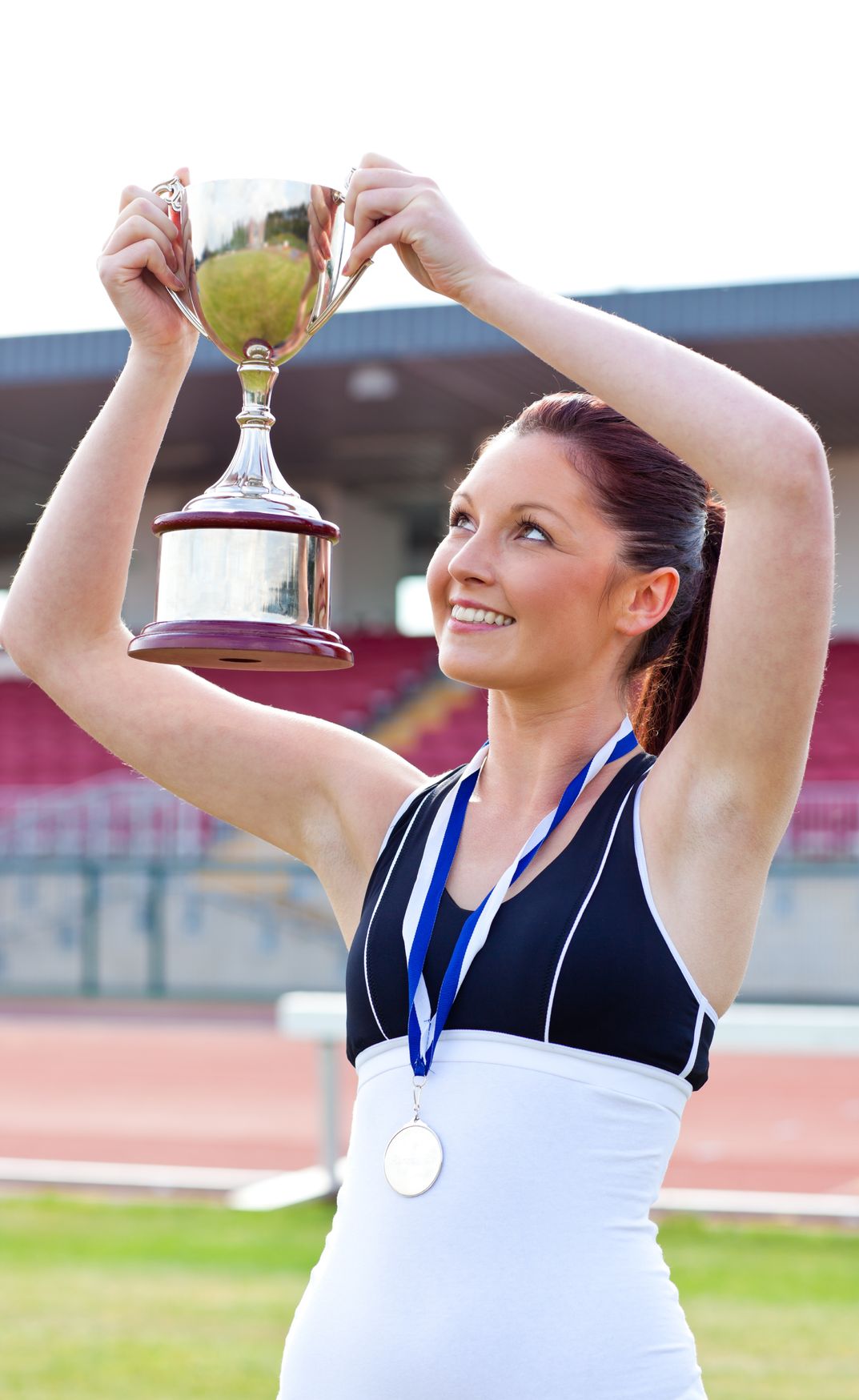This test is run by .
Note that your final mark will not be saved in the system.
Note that your final mark will not be saved in the system.
Guidance and feedback Typeit
Target Level
4-5
Running Total
0
0%
Attempt
1 of 3
Type the correct answers into the spaces. Fill all the spaces before clicking ‘Check Answers!’

Feedback is used by an athlete to judge the level of success of performance. Athletes can then be guided by coaches, peers or even themselves in order to act on these judgements and improve in their subsequent performance. There are different types of feedback and guidance an athlete can use, which can be received before, during and after a performance. It is important that coaches work together with the athlete to deliver the types of feedback and guidance that work best for their athlete.
Identify the type of feedback from each of the descriptions below.
| Feedback that comes from within the performer, such as the kinaesthetic feel of a movement. A footballer will know if they strike the ball well during a shot. | feedback |
| Feedback that comes externally to the player, such as a conversation from the coach on how they need to lift their hips higher during the flight of their high jump | feedback |
| Feedback given to a performer regarding successful aspects of their performance, such as how well they did at marking the opposition's best player in netball | feedback |
| Feedback given to the athlete regarding the failure or negative aspects of a performance, such as how they had a no-jump three times during their long jump competition | feedback |
| Feedback on the success or failure based on the outcome of a performance, such as a basketball team looking at the scoreboard and seeing they lost by 24 points | knowledge of |
| The success or failure of the performance of a skill, irrespective of the outcome of the performance, such as a 200 m sprinter achieving a new personal best time, despite coming last in the race | knowledge of |
Identify the type of guidance from each of the descriptions below.
| Guidance that is given by providing physical contact that aids the performer in their movement, such as a parent teaching their child how to swing a golf club by performing the movement with them | guidance |
| Guidance that is given via word of mouth, such as the coach giving tactical instructions to their team at half-time | guidance |
| Guidance that is provided by acting out a movement without physical contact, such as a cricket coach demonstrating how to cup both hands together to catch a ball | guidance |
| Guidance using equipment to progress a skill, such as the use of small-sized footballs to progress control before moving on to the larger ones used in the professional game | guidance |